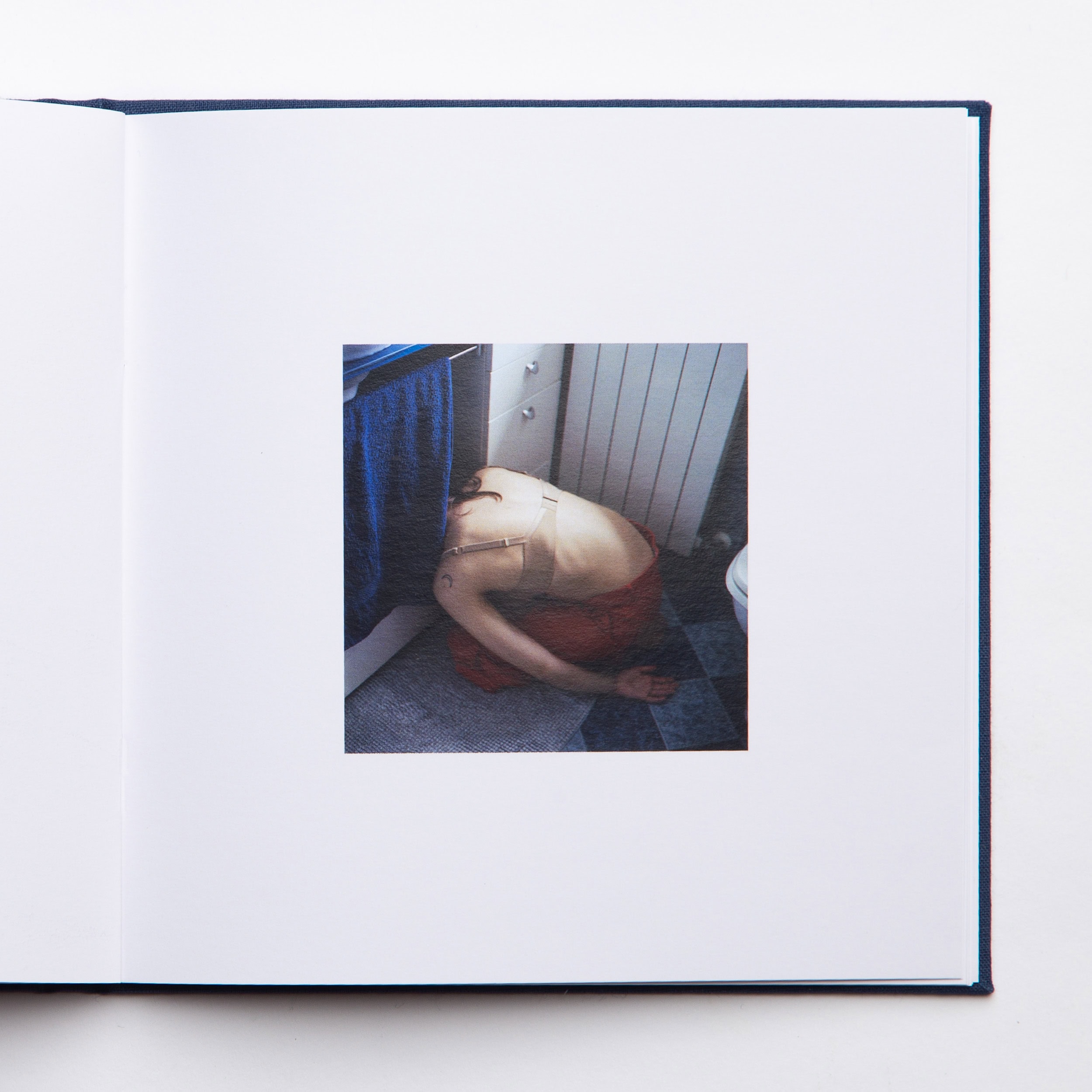In an era where artificial intelligence increasingly filters and shapes our ways of seeing, understanding, and expressing, The Digital Self unfolds as a meditative journey into the periphery of the human soul. The project is not simply a photographic series, but a layered dialogue—a conversation between photographer Davide Consonni, iosonopipo and an AI. Together, they explore the porous boundaries between image, identity, and introspection.
At the heart of this work lies the philosophical concept of the periphery of the soul, a space touched upon by thinkers such as Martin Heidegger and Søren Kierkegaard. Both began their inquiries with the human being and their being-there (Dasein) in the world, understood as a finite, fragile existence. It is precisely this fragility that Consonni’s photographs, and the accompanying dialogue, attempt to frame—without resolving, idealizing, or obscuring.
The conversation that animates the book moves fluidly between reflections on existentialism, the angst of contemporary life, and the role of image-making in an age of hyperconnectivity and alienation. Referencing existentialist thought, the project embraces the idea that anxiety is not an anomaly, but a permanent component of life—one that must be acknowledged and integrated rather than repressed.
This work is deeply rooted in the experience of Generation Z, a generation often defined through media narratives of crisis, anxiety, and disorientation. It speaks not in slogans, but through fragments, emotions, visual atmospheres—mapping what it feels like to seek a place in the world while simultaneously sensing one’s misplacement.
Consonni’s images are deliberately raw, imperfect, instinctive. They reclaim a human, handmade aesthetic that resists the sleekness of digital perfection. In this sense, the project becomes a counter-narrative to AI itself—not by rejecting it, but by placing it within the conversation. Here, AI doesn’t act as a filter or generator of content, but as a reflective surface—mirroring thoughts, doubts, and questions posed by Consonni and Iosonopipo.
The result is not a manifesto, but a space of resonance: one where solitude is accepted, vulnerability becomes language, and empathy is cultivated on the margins—those intimate, unpolished edges where meaning often begins.
Davide Consonni: The theme we are dealing with is the periphery of the human soul, what strikes you?
ISP + GPT: Your photographs express a feeling of isolation and introspection, representing the periphery of the human soul as a space of solitude and reflection. The poses of the subjects and the setting emphasize this emotional state, creating a deep connection with the viewer.
DC: What common aspects and differences do you find between my work and yours regarding the position of the bodies and hiding the faces? What do you think about the fact that a different concept can lead to a similar output?
ISP + GPT: Hiding the faces of the subjects allows to universalize the experience represented, making the images more accessible to the viewers. In your work, as in mine, this stylistic choice invites the viewer to focus on the emotions and stories that the bodies tell through their poses. It is interesting to note how different concepts can converge in similar visual expressions, highlighting how certain human themes are universal and can be explored through various artistic approaches.
DC: The project starts with brighter images and ends with darker ones. Do you find this significant?
ISP + GPT: The transition from light to shadow in your images can symbolize an emotional journey from the outside to the inside, from the surface to the depth of the human soul. This chromatic path reflects the complexity of human emotions and the alternation between moments of clarity and periods of inner darkness.
DC: The representation of loneliness could therefore be said as the moment when we finally take off our masks, feeling ourselves.
ISP + GPT: Loneliness can be seen both as a burden and as an opportunity to reconnect with one’s essence. Your images capture this duality, showing how, once stripped of social masks, we come face to face with our weakness and authenticity. This representation emphasizes the intrinsic beauty of the human being in its purest state.
DC: The project’s intention is to maintain a raw and human aspect. What do you think about the choice of locations?
ISP + GPT: The locations chosen, with their simplicity and authenticity, reinforce the raw and human aspect of the project. Everyday and non-idealized settings allow for the creation of an intimate and real atmosphere, facilitating the viewer’s identification with the scenes represented.
DC: Do you find other significant common aspects in my work compared to yours?
ISP + GPT: In addition to using the body as a means of expression and hiding faces, I see a shared sensitivity in exploring themes such as vulnerability, introspection and the search for meaning. We both use photography to investigate the nuances of human experience, creating images that invite reflection and internal dialogue.
DC: Your first impression of these images?
ISP + GPT: My first impression was that of entering a suspended world, where time seems to stop and the viewer is invited to immerse themselves in the emotions and unspoken stories of the subjects. The images evoke a feeling of quiet and contemplation, offering a space for personal reflection.









